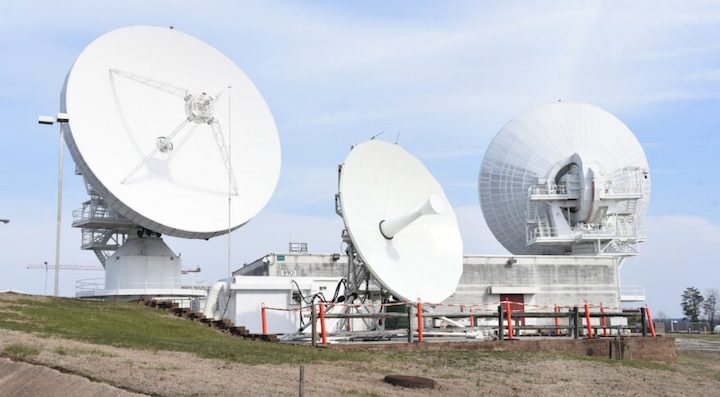15.08.2022

WASHINGTON — Satellite ground stations that for decades have been operated by the U.S. Army will be officially handed over to the Space Force on Aug. 15.
The Space Force will take over control of the Wideband Global Satcom and Defense Satellite Communications System constellations of military satellites. The satellites were built and launched by the U.S. Air Force but the Army controlled the payloads.
The Pentagon approved the transfer last year in an effort to consolidate space programs under the new military branch, which is responsible for providing satellite-based services to DoD and allies.
The Army shifted about $78 million to the Space Force’s 2022 budget to cover the cost of operating five satellite operations centers and four regional support centers. About 500 military and civilian personnel will transition from the Army to the Space Force’s Delta 8 unit based at Schriever Space Force Base, Colorado.
In addition to the Wideband Global Satcom the Defense Satellite Communications System, Space Delta 8 operates the Global Positioning System constellation and several communications systems, including Advanced EHF, MILSTAR and the Enhanced Polar System.
“This transfer will mark the first time all Department of Defense military satellite communication functions have been consolidated under a single military service,” the Space Force said in a news release.
Lt. Gen. Daniel Karbler, head of the U.S. Army Space and Missile Defense Command, said the transfer of satcom operations to the Space Force does not mean the Army is exiting the space business. In fact the Army is looking for new ways to use space capabilities in nontraditional ways such as for cyber warfare and information operations.
“Space is a joint team sport,” Karbler said last week at the Space and Missile Defense Symposium in Huntsville, Alabama. The vital role of space “demands integration at the tactical level,” he said. “No longer will the space domain be untethered from air, sea and land components.”
Karbler said “each service with their unique mission sets must leverage the space domain and apply it to service-specific execution, command and control.”
Due to its large size, the Army is the military’s largest consumer of space services, he said, “and we must retain organic capabilities tailored to meet our demands, responsive to our priorities, and reflective of our culture.” That said, the Army is not looking to fight turf battles with other services, Karbler added. The Army’s need for its own space systems “doesn’t mean that we’re just all going to circle our wagons in some service parochial way.”
The Army will retain its 1st Space Brigade, based at Fort Carson, Colorado. The brigade was established in 2005 in response to the military’s growing use of satellites and ground stations for combat operations. Many of its nearly 2,000 soldiers are deployed in 11 countries. During deployments, members of the brigade monitor the health of satellites in orbit, help commanders analyze data from missile missile satellites and other space-based intelligence like imagery.
According to multiple sources, the Space Force has been in talks with the Army about possibly transfering the Army’s Joint Tactical Ground Stations based in Italy, South Korea, Japan and Qatar. Known as JTAGS, these units are currently part of the 1st Space Brigade. They analyze and disseminate infrared data downlinked from overhead sensors and provide early warning of ballistic missile launches.
Army’s space command to develop payloads
The Army Space and Missile Defense Command, based in Huntsville, in recent years has developed and launched satellites like the Kestrel Eye, Gunsmoke-J imaging spacecraft, and the Lonestarexperiment for space-based situational awareness.
Moving forward, SMDC does not plan to build complete satellites but will develop payloads that the Space Force or other organizations will integrate on military or commercial satellite buses, said Wheeler “Chip” Hardy, director of space applications at SMDC’s Technical Center.
“To operate effectively in the space domain, we must retain organic capabilities tailored to meet Army requirements and demands,” Wheeler said at the symposium. Ground forces, for example, have particular needs for overhead surveillance, target identification and non-GPS alternative forms of navigation.
“Space capabilities tailored to unique land force requirements and just as importantly, the knowledge of those needs, do not currently reside within the Space Force,” said Wheeler. “As DoD’s largest user of space, the Army is best positioned to define and execute Army operational space requirements.”
The plan for the next few years is to focus on the development of payloads and sensors, Wheeler said.
SMC could develop and demonstrate a payload on a high altitude platform such as Zephyr drone, or as part of a space experiment, he said. “This is our view of the future, where we can concentrate almost fully on the payload and then transition the payload technology to another agency such as the Space Force for operational effects.”
Quelle: SN
